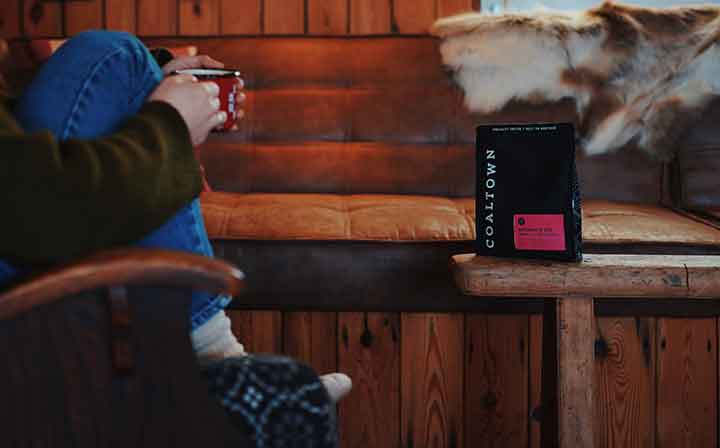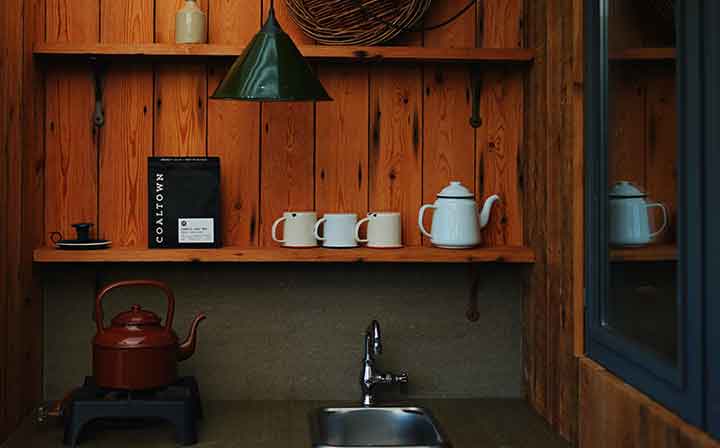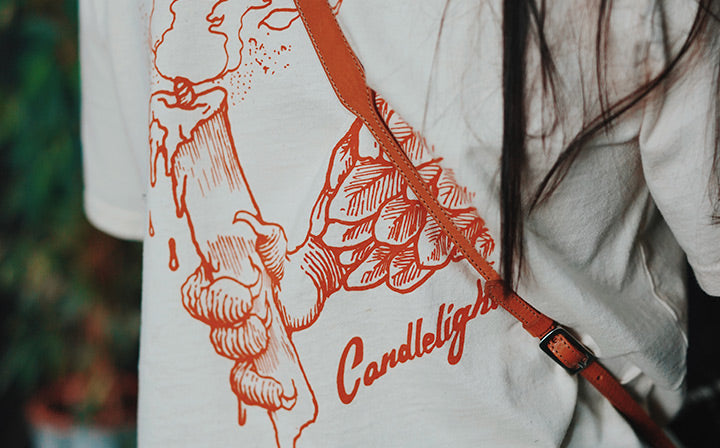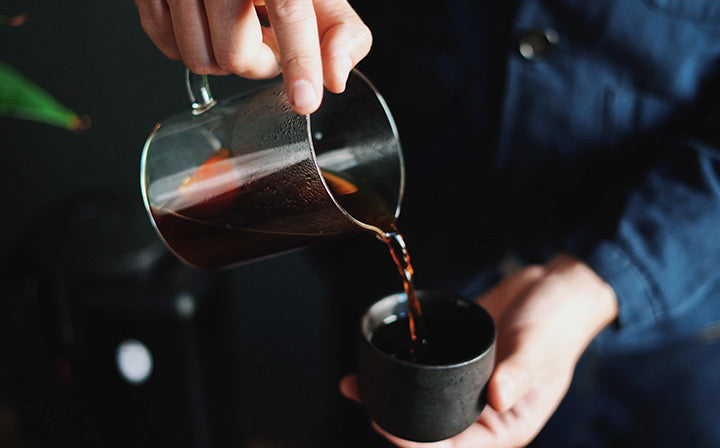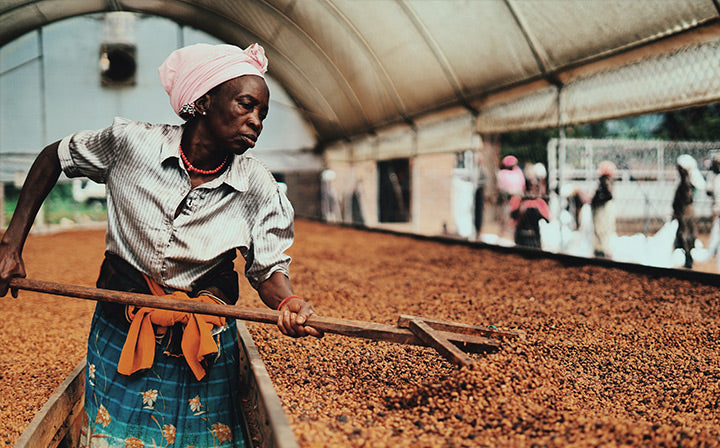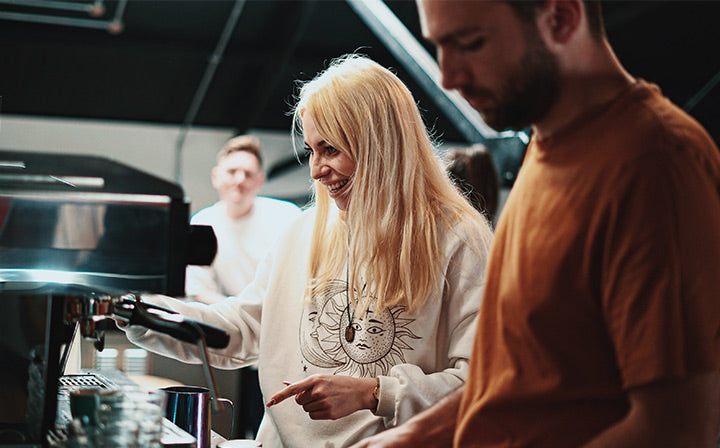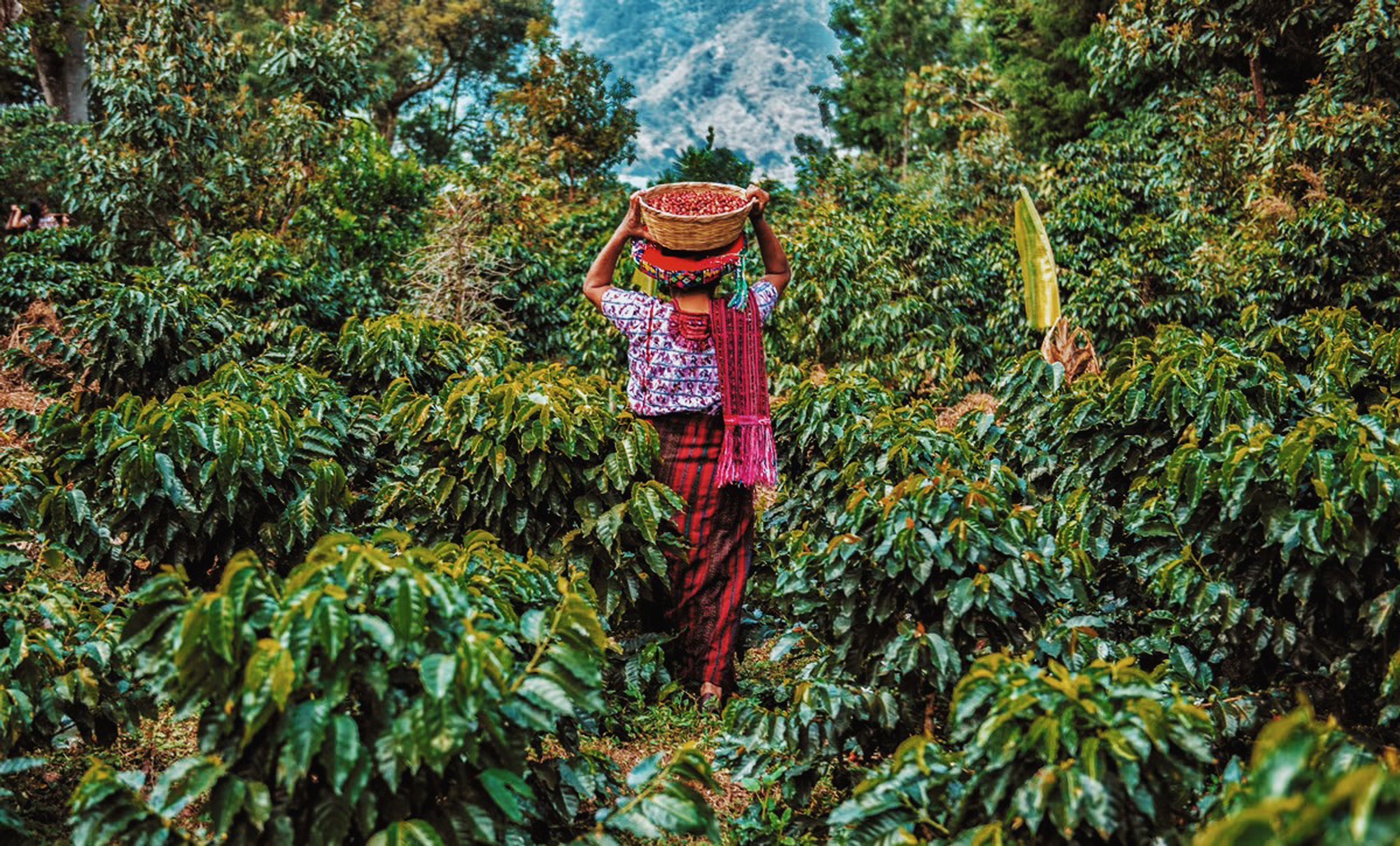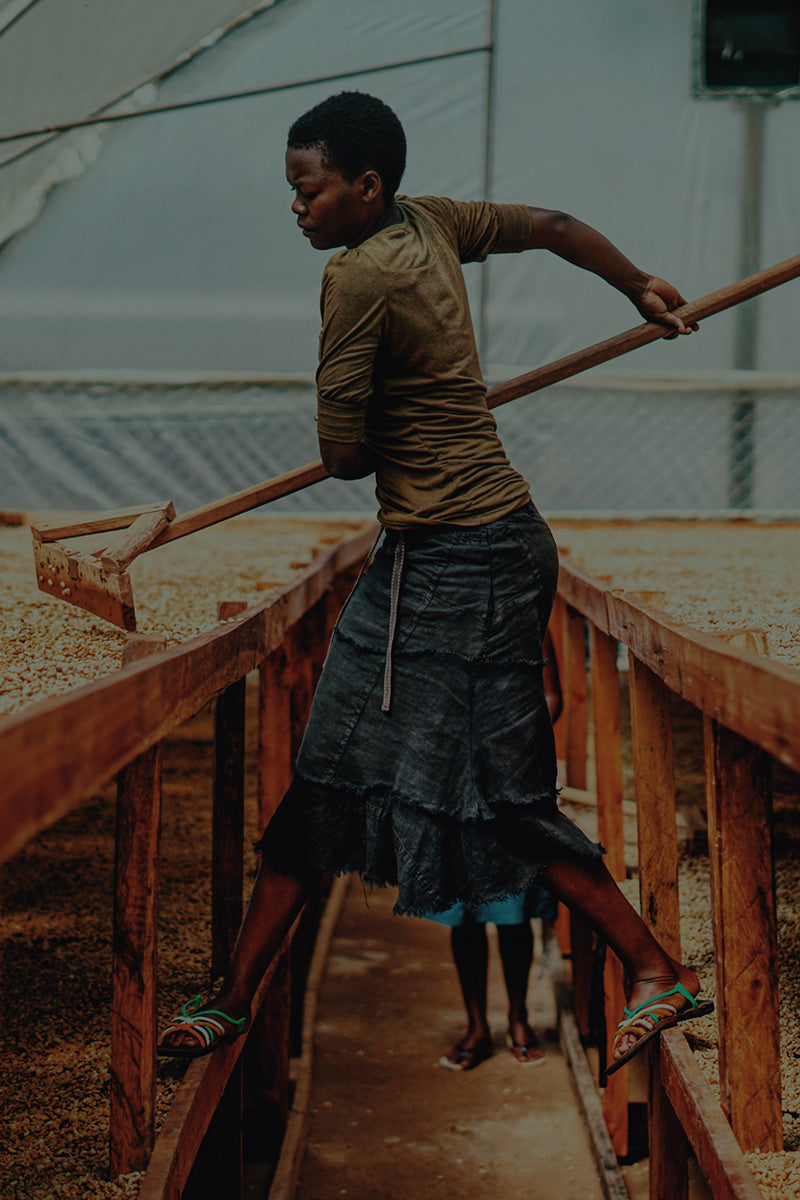Origin History
Guatemala is a leading coffee producer, known for producing the highest percentage of high-quality coffee by volume in the world. The country’s coffee association, Anacafe, has played a significant role in improving quality standards by providing valuable resources to farmers and a traceability database that connects buyers with producers. Guatemala has built a strong reputation for its high-quality washed coffee, experimenting with fermentation techniques and highlighting the unique terroir of its growing regions.
Coffee in Guatemala is graded by altitude, with beans grown at higher elevations classified as Strictly Hard Bean (SHB) and those from lower altitudes as Hard Bean (HB) or Semi Hard Bean (SHB). This grading system reflects the quality of the beans, with SHB being considered the highest quality. Coffee farms are primarily located in the central and southern regions of the country, where altitudes range from 700 to 2000 metres. The harvest season runs from November to February, depending on the elevation.
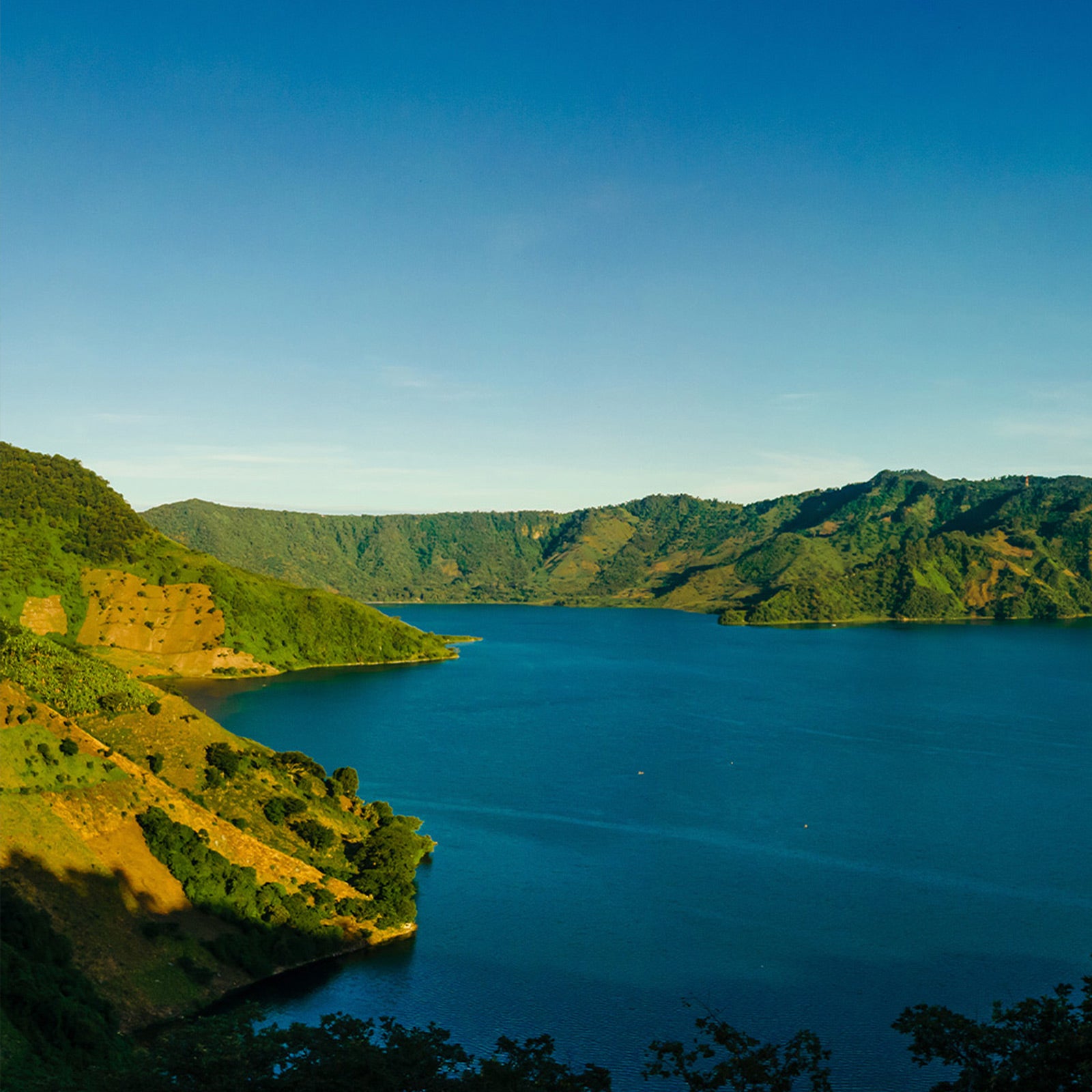
Population: 19m
Altitudes: 1,200-2,000 Masl
Farmers: 125k
Average Farm Size: 1-3 Hectares
Varietals: Bourbon, Caturra, Pacmara
Processes: Washed, Natural, honey
Rainfall: 1,000-2,500mm
Yearly Yield: 4m 60kg Bags
Present Day
More than half of Guatemala's 4 million bag yearly production is exported to the United States, making coffee a vital contributor to the country’s foreign exchange. Coffee cultivation in Guatemala has been integral to the nation’s economy since the mid-1700s, when Jesuit priests introduced it. By the mid-1800s, coffee became a key agricultural crop, particularly after the decline of indigo production. In the late 19th century, President Justo Ruffino Barrios focused heavily on coffee as part of his economic regeneration plans, leading to the expansion of coffee plantations at the expense of indigenous lands. By 1880, coffee was responsible for around 90% of Guatemala's exports.
Today, Guatemala ranks as the 9th largest coffee exporter in the world, with a primary focus on Arabica beans. The key coffee-growing regions include Antigua, Huehuetenango, Cobán and Atitlán, each contributing distinct flavours due to their unique microclimates. However, the country faces challenges that could impact future production. Rising costs, labour shortages and the narrowing price gap between specialty and non-specialty coffee varieties may lead to a slight decline in exports in the coming years. Despite these concerns, Guatemala remains a key player in the global coffee market.
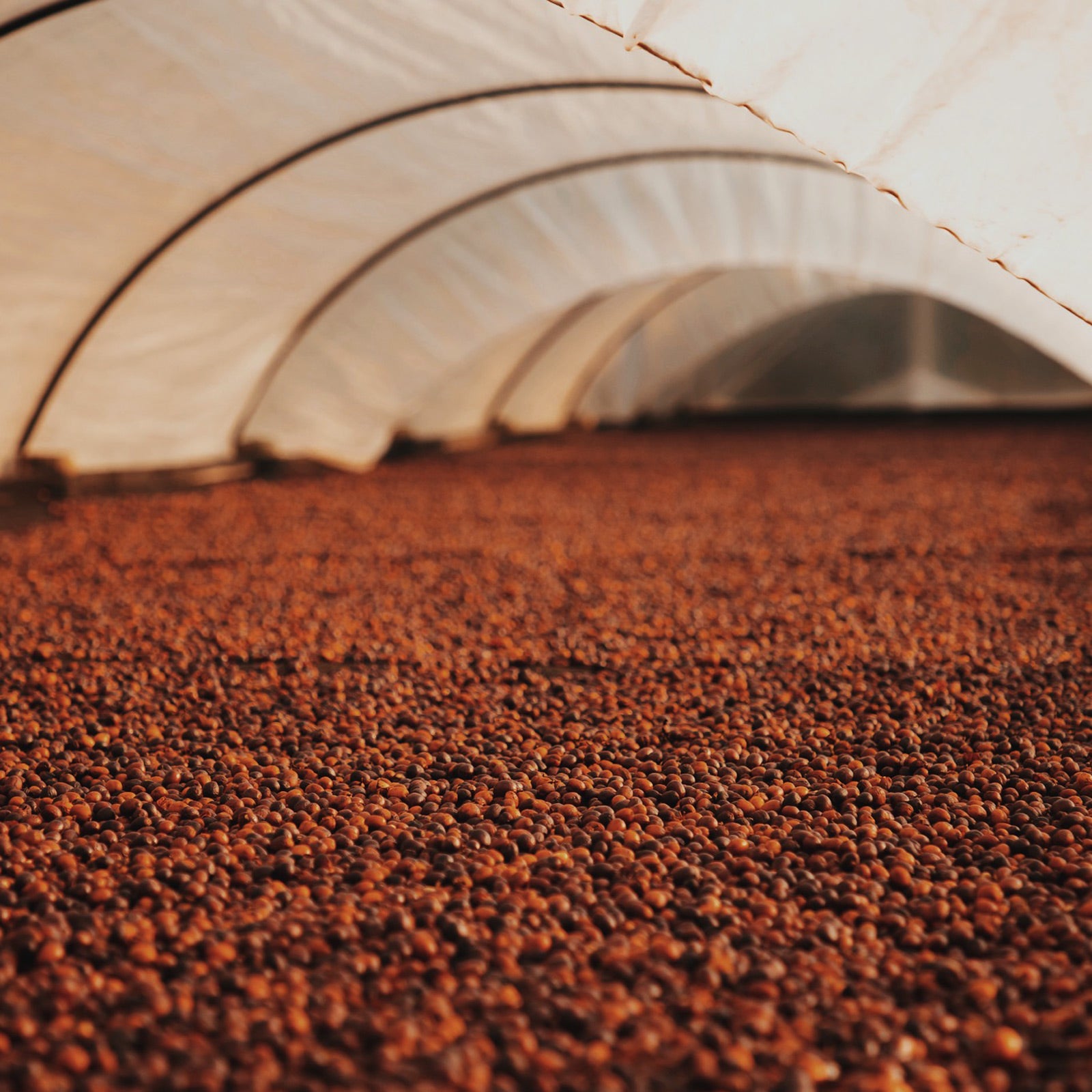
Coffee Arabica
Bourboun
Bourbon is a mutation of Arabica discovered on Réunion Island (formerly Bourbon Island) in the 1700s. It produces round, well-balanced beans with a higher concentration of lipids and sugars, which contribute to its smooth, sweet flavour. Bourbon trees grow at moderate altitudes (900-1,500 metres) and its high-quality beans have a more consistent size and shape compared to other Arabicas. Bourbon is particularly susceptible to pests and diseases, which makes it a less reliable producer but highly sought after by coffee connoisseurs. Bourbon is the foundation of many high-end varietals in South America, such as SL28 and Typica.
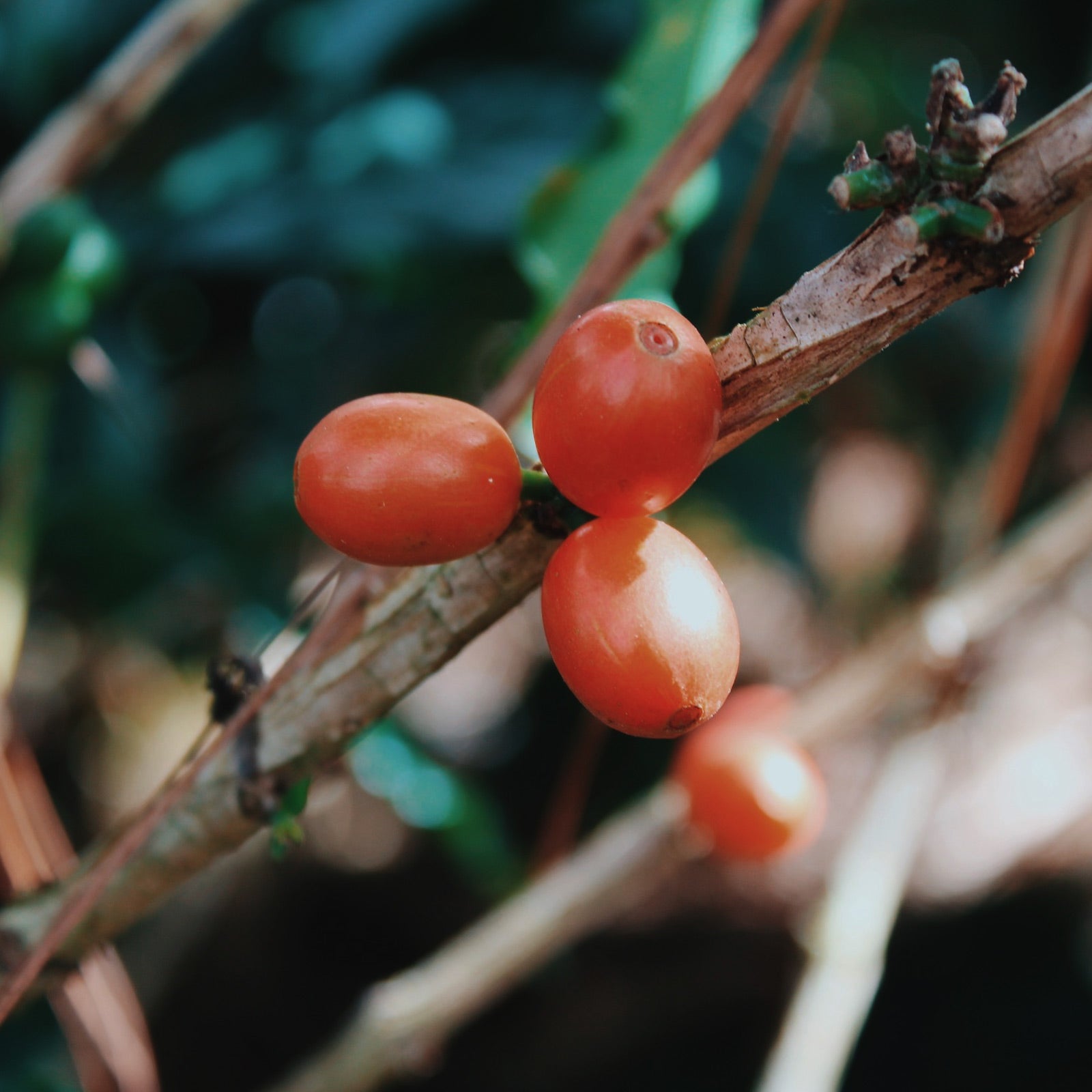
Coffee Arabica
Caturra
Caturra is a natural mutation of the Bourbon variety and is a hybrid Arabica cultivar. It’s particularly popular in Brazil, Colombia and Central America, where it thrives at altitudes between 1,200 to 2,000 metres. Caturra is known for its compact growth, which makes it easier to harvest and it generally produces high yields. The flavour profile tends to be well-balanced, with a medium acidity and a smooth, clean cup. Its beans are typically milder in flavour compared to other Arabica cultivars, with a gentle sweetness and hints of chocolate or caramel. However, it is prone to diseases like leaf rust, making it somewhat more delicate to cultivate than other varieties.
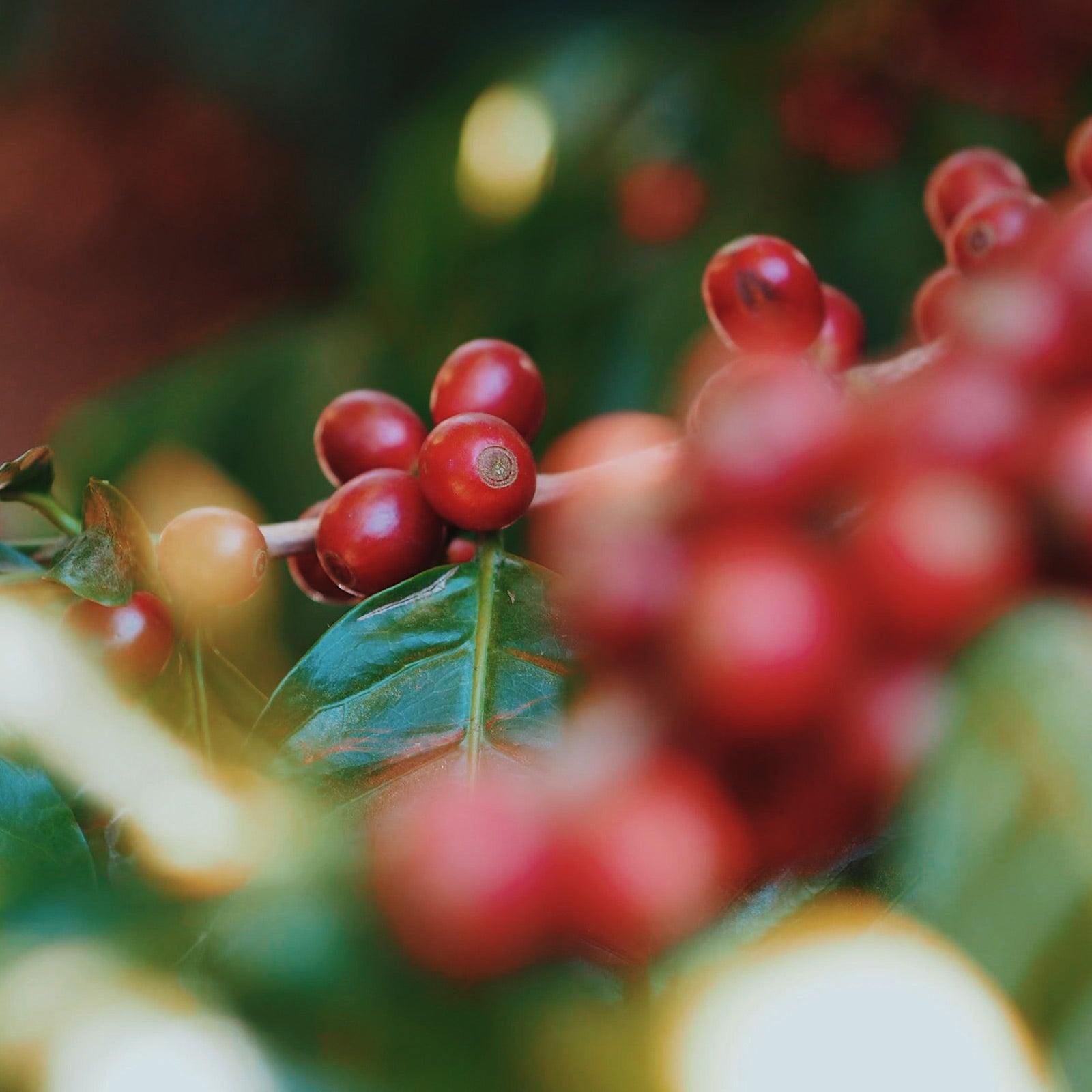
Coffee Arabica / Coffee Canephora
Pacmara
Pacamara is a hybrid between the Pacas and
Maragogipe varietals. Known for its large beans (sometimes double the size of
typical coffee beans), Pacamara is grown predominantly in Central America,
particularly in El Salvador and Honduras. This hybrid tends to produce
full-bodied, low-acid cups with a flavour profile of chocolate, nut and
sometimes berry notes. The plant’s size can be a disadvantage in terms of
yield, but its resistance to disease (inherited from Robusta) has made it an
attractive choice for many coffee producers. Pacamara's rich and creamy flavour
profile makes it a favourite in espresso blends.



